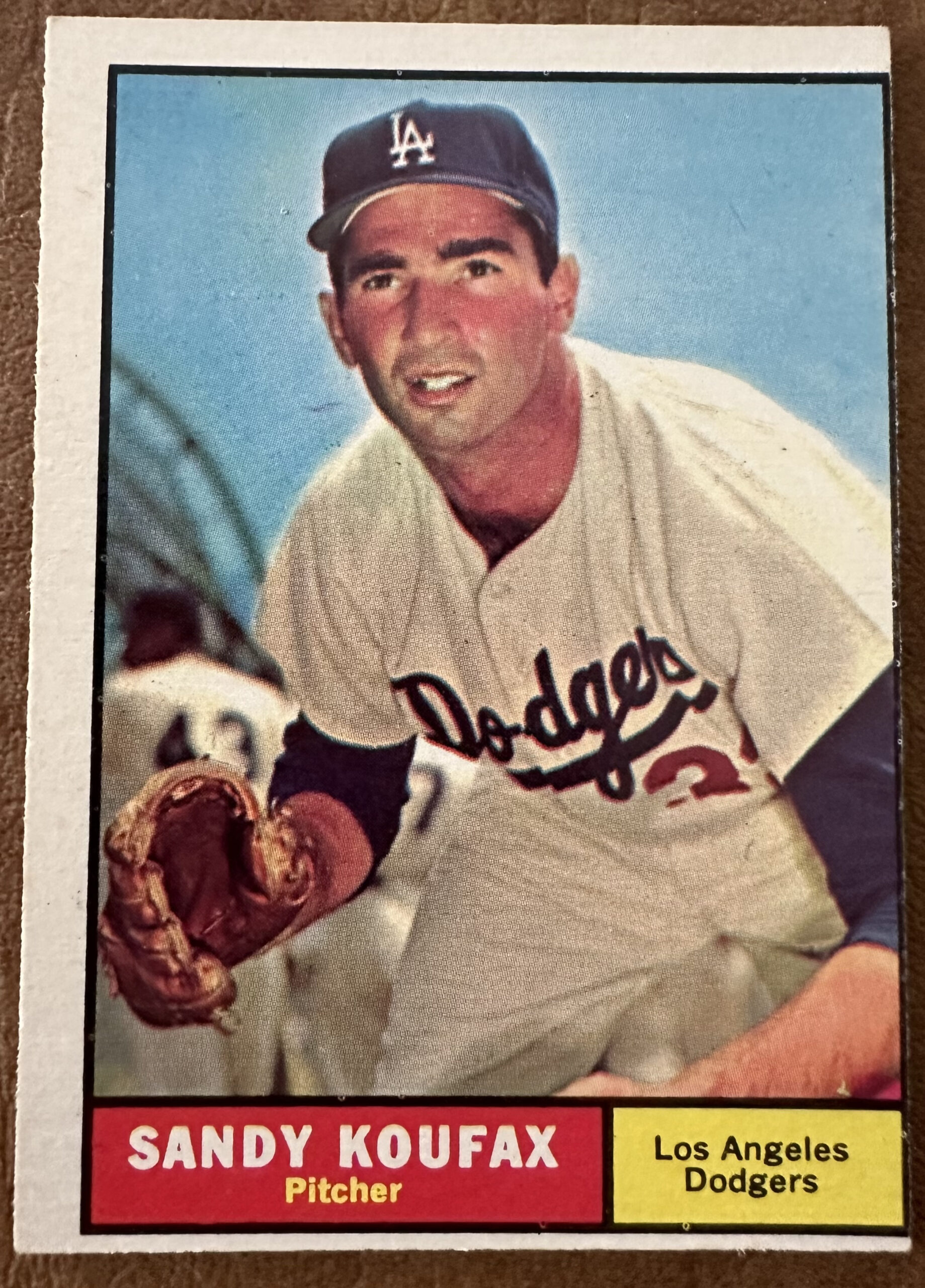
I’ve lately completed compiling a whole set of 1973 Topps baseball cards. And after 25 years I’m 23 playing cards shy of a whole set of 1961 Topps baseball cards. Outlined beneath are a few of the key decisions and compromises collectors will face when making an attempt to place collectively a whole set of classic baseball playing cards. I’ve additionally included the alternatives and compromises I’ve made for my units.
Situation
Situation drives the value of card, so a basic selection is what situation of a card are you prepared to stay with? Is an off-center card – OK? Will a crease or delicate corners hassle you? What about paper loss or pen marks?
Playing cards with creases, paper loss, and delicate corners are usually a no go for me. I can stay with pen marks on the again of playing cards or on a test record. I’m positive with playing cards which can be off-center.
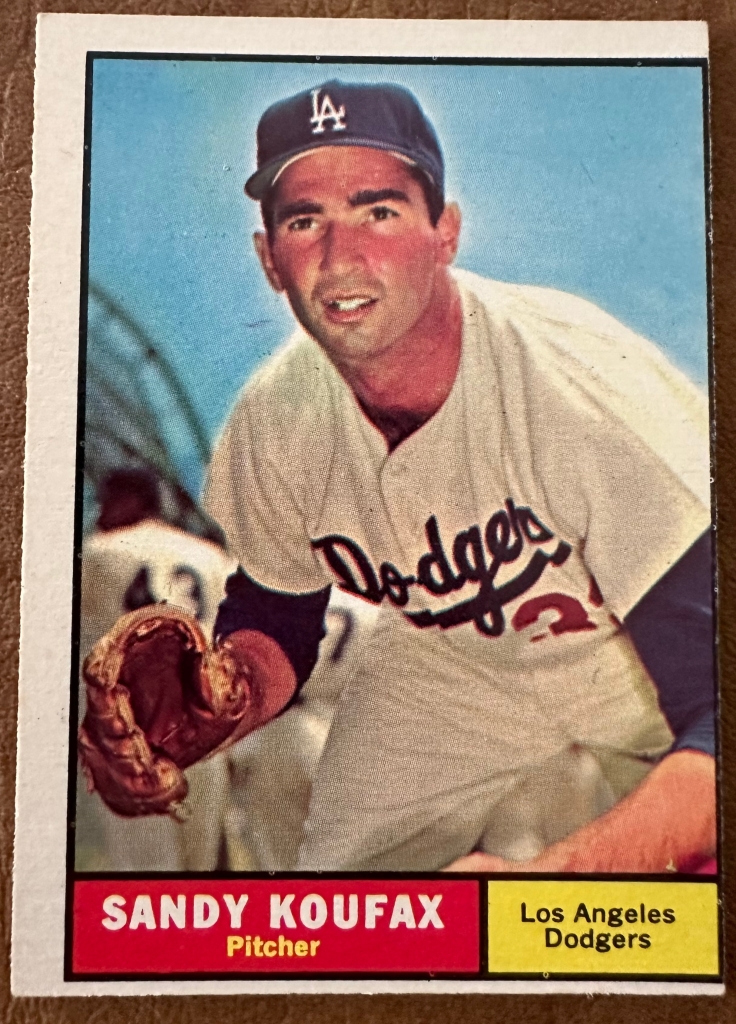
Variations
For an entire set do you might want to have each doable variation?
The 1961 set has 11 variations of guidelines playing cards involving colours, copyright symbols, adverts, and misspellings.
The 1973 set has 14 variations of Managers / Coaches playing cards. The variations should do with background colours and lacking proper ears.
This was a simple selection for me. My 1961 and 1973 units don’t require all of the variations.
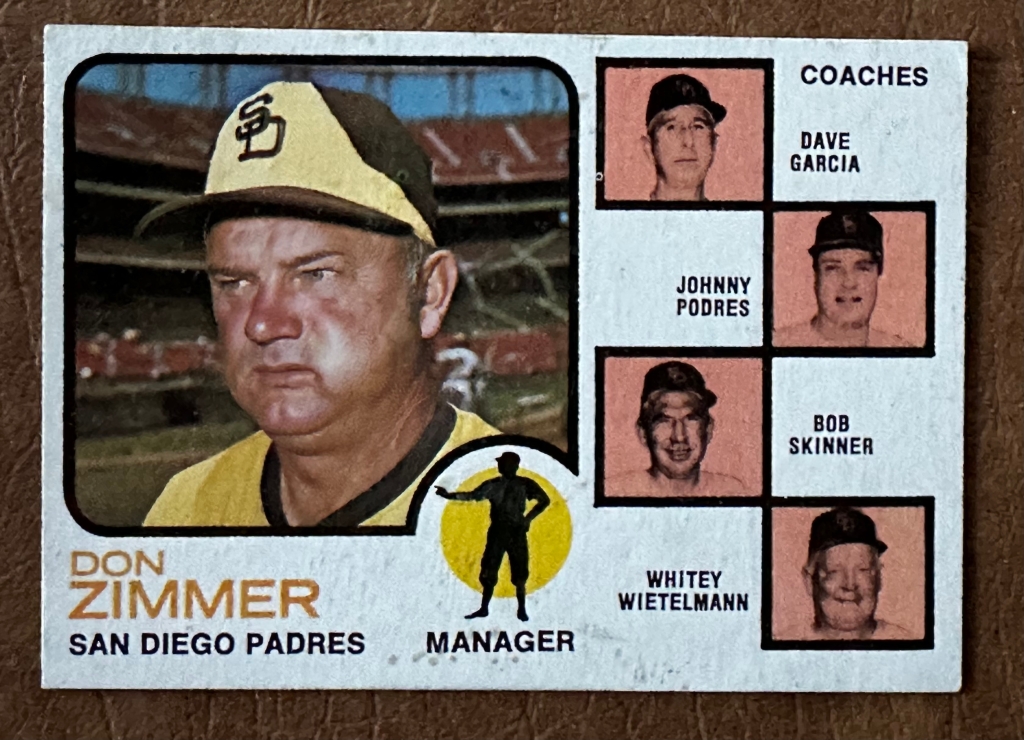
Error Playing cards
In 1961 and 1973 there have been no “corrected” error playing cards – so I didn’t have to select. For me, having an error card be a requirement for a whole set would rely on the cardboard.
Check Pack Inserts and Mail-Ins
In 1973 Topps issued a 24-card set of Blue Workforce Checklists. In keeping with Beckett’s these had been reportedly solely out there in check packs. Collectors might additionally mail-in 25 cents and obtain a full uncut sheet of those playing cards. I’ve all of those checklists – however don’t think about them to be a requirement for a whole set.
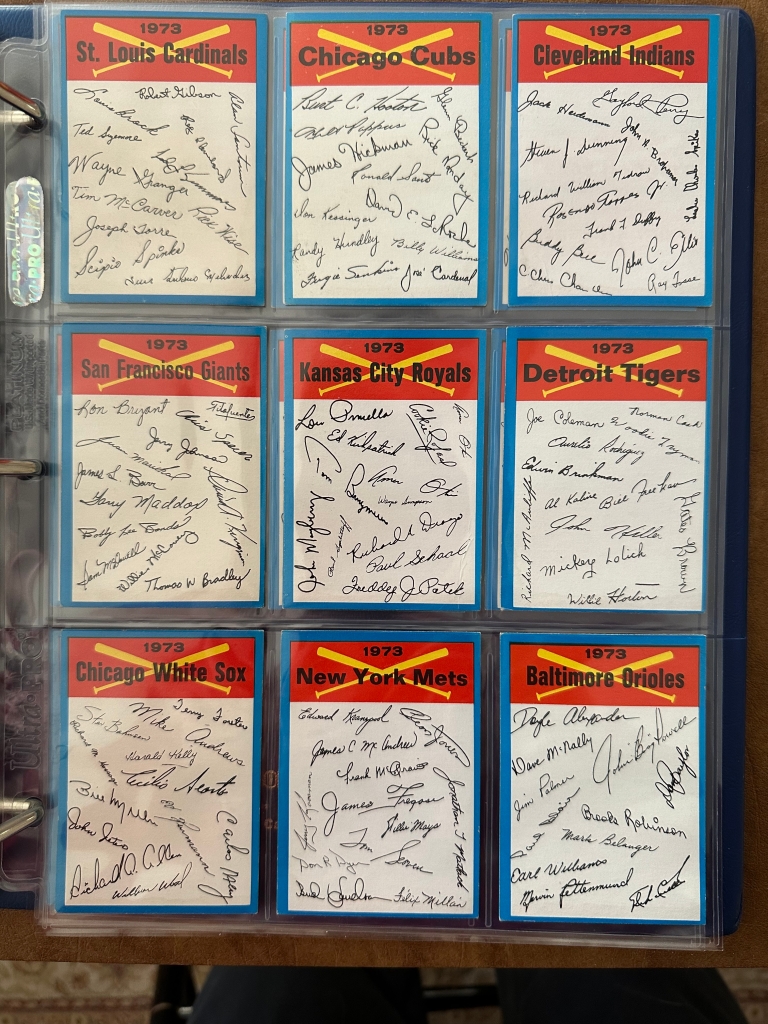
Uncooked or Slabbed?
I’m good with uncooked playing cards. Placing collectively a complete set consisting of slabbed / graded playing cards is unimaginable to me – however there are collectors who’ve finished it.
Mantle Playing cards
Mantle playing cards are costly – even ones that aren’t his base playing cards. The 1961 set has 5 completely different “Mantle” playing cards (#44 AL Dwelling Run Leaders, #300 Base Card, #307 World Sequence Recreation 2, #406 Mantle Blasts 565-ft. Dwelling Run, #475 MVP, and #578 All Star).
To have the ability to afford a excessive quantity Mantle All Star card (#578) so as to add to my set I needed to compromise and purchase one in “poor” situation.
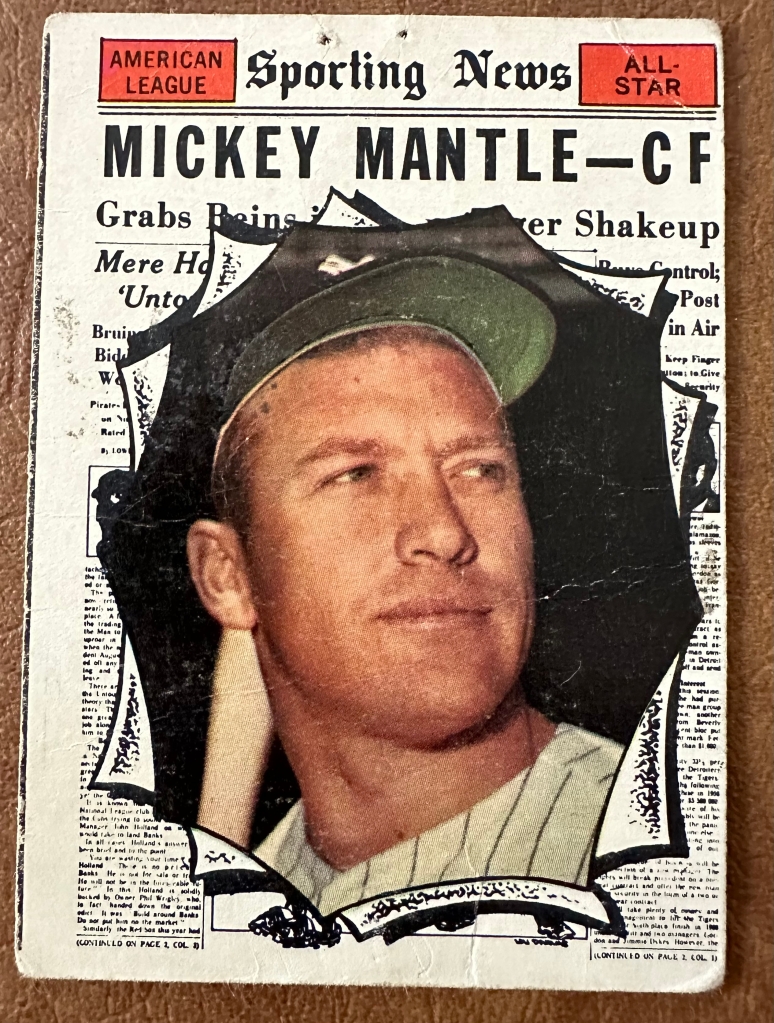
Letting Go – Even when it Does Not Make Sense
I’m OK with paying double digit costs for playing cards of lesser-known gamers, just like the 1961 Bob Cerv (#563), since these playing cards had been a part of a closing sequence and had been launched late within the season when our curiosity in shopping for baseball card packs was on the down swing. The availability of those excessive quantity playing cards is much less when in comparison with decrease quantity playing cards and command larger costs. The regulation of provide and demand. I get it.
Checklists are one other matter altogether. Final sequence 1973 playing cards are harder to acquire since Topps was nonetheless releasing playing cards by sequence in some elements of the nation. In different elements of the nation all 5 sequence playing cards had been launched directly. We must wait till 1974 for Topps to challenge all of the playing cards in a set nationwide.
Although I perceive the regulation of provide and demand it took me 3 years earlier than I might press the Purchase It Now button on eBay and add the final card I wanted to finish my 1973 set. Paying double digit costs for a marked-up guidelines (#588) was one thing that took me fairly some time to come back to grips with.
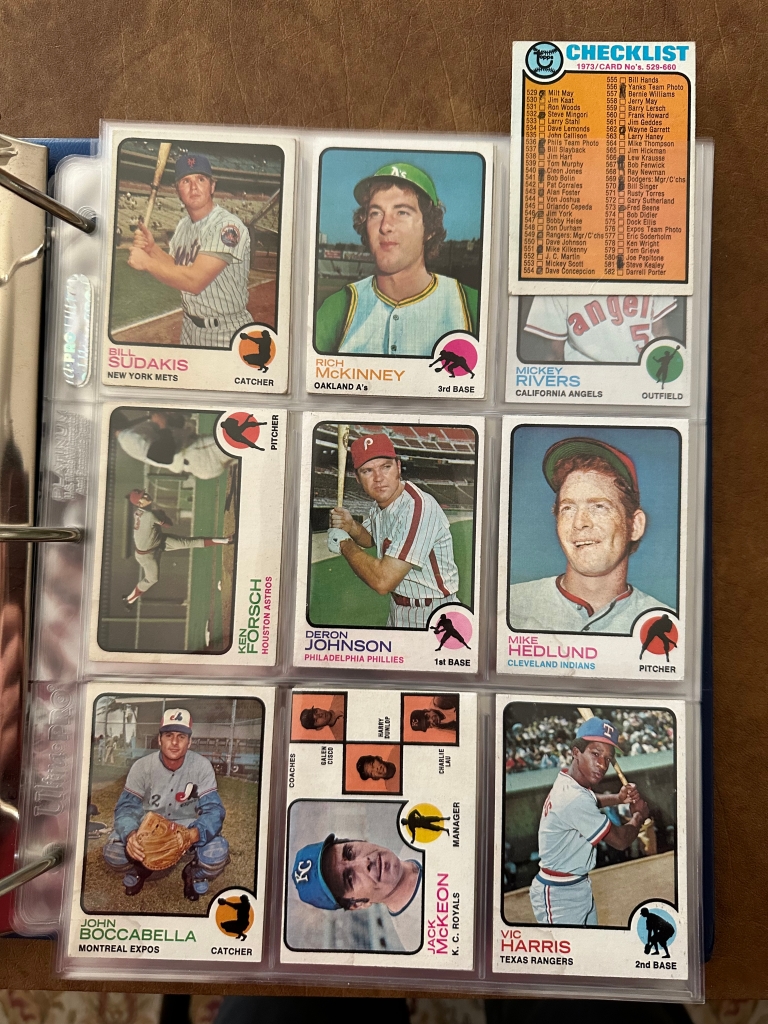
What compromises and decisions have you ever made when placing collectively a whole set? Does my definition of a whole set align along with your definition? Let me know by the use of a remark.
Trending Merchandise










